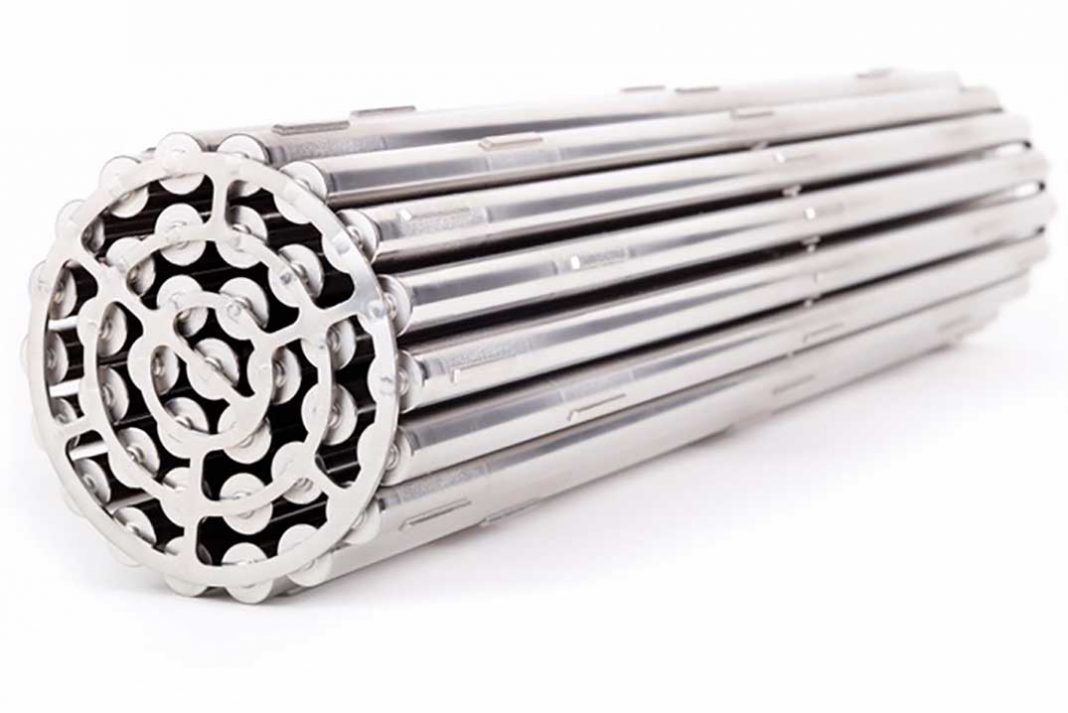TORONTO—A December 6 announcement from the Nuclear Waste Management Organization (NWMO) has ruled out Elliot Lake and Blind River in the running for a deep storage facility for the spent nuclear fuel from Canada’s reactors.
“Technical studies and engagement with people in the area identified a number of factors that would pose challenges in siting a repository,” said the NWMO release. “These include complexities associated with the geology, limited access and rugged terrain, and low potential to develop the breadth of partnerships needed to implement the project.”
Three other communities in Northern Ontario continue to be considered as potential sites for the repository. They include Ignace, which lies about 250 kilometres northwest of Thunder Bay; Manitouwadge, which is located about 395 kilometres east of Thunder Bay; and Hornepayne, which lies about 85 kilometres further east of Thunder Bay than Manitouwadge.
There are two other locations being considered for the site, South Bruce and Huron-Kinloss, both of which are located near the Bruce Nuclear generating plant on the shoreline of Lake Huron. A proposal to locate a repository for low to medium level nuclear waste near those same sites has been under heavy attack from many quarters due in large part to its proximity to the Great Lakes, a source of fresh water for millions of people on both sides of the border.
Elliot Lake Mayor Dan Marchisella expressed disappointment in the announcement, characterizing the disqualification as a “huge potential loss” for the whole district. But in the end, the geology of the area being considered proved to be too small to be viable for the project.
There are about 2.7 million used nuclear fuel rod bundles currently stored in specialized containers and heavy water storage tanks near the nuclear facilities that have used them. The search for a permanent home for the rods began around 2010, and 22 communities expressed an interest as willing communities. A previous attempt to find a site was derailed largely because of a lack of consultation with communities that were considered viable as sites for the facility.
This newest search seeks to overcome the issues raised in the successful challenge to the last attempt to find a permanent home for the rods. The NWMO wants to find a single secure storage site that can be accessed in the future to recover the rods, when technology advances to the point that the residual energy contained in the rods can be accessed and utilized.
The NWMO hopes that their search can be completed by the year 2023.
The announcement that they have been rejected as a potential site isn’t all bad, however. The NWMO has also announced that it would make up to $600,000 available for community projects to Blind River, Elliot Lake and the Sagamok Anishnawbek First Nation—along with another $300,000 slated for Spanish and the North Shore.




